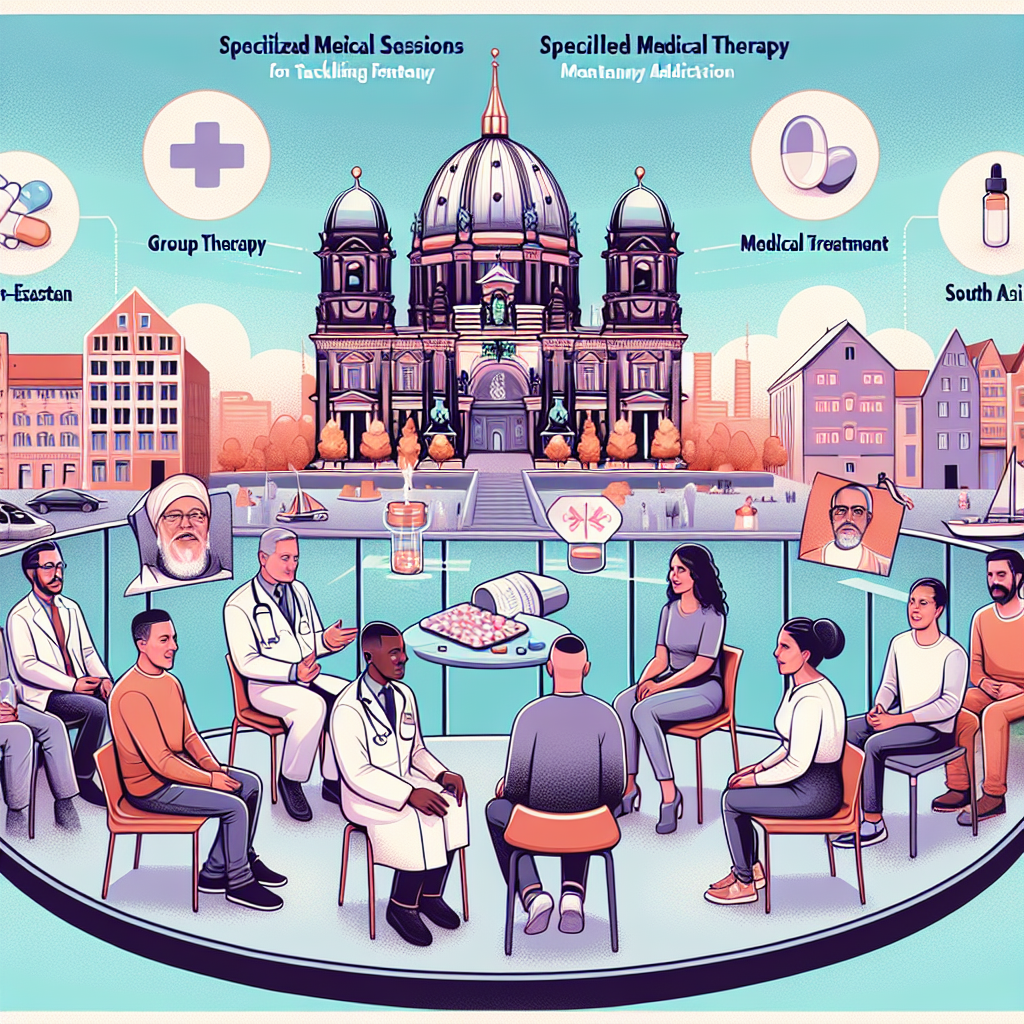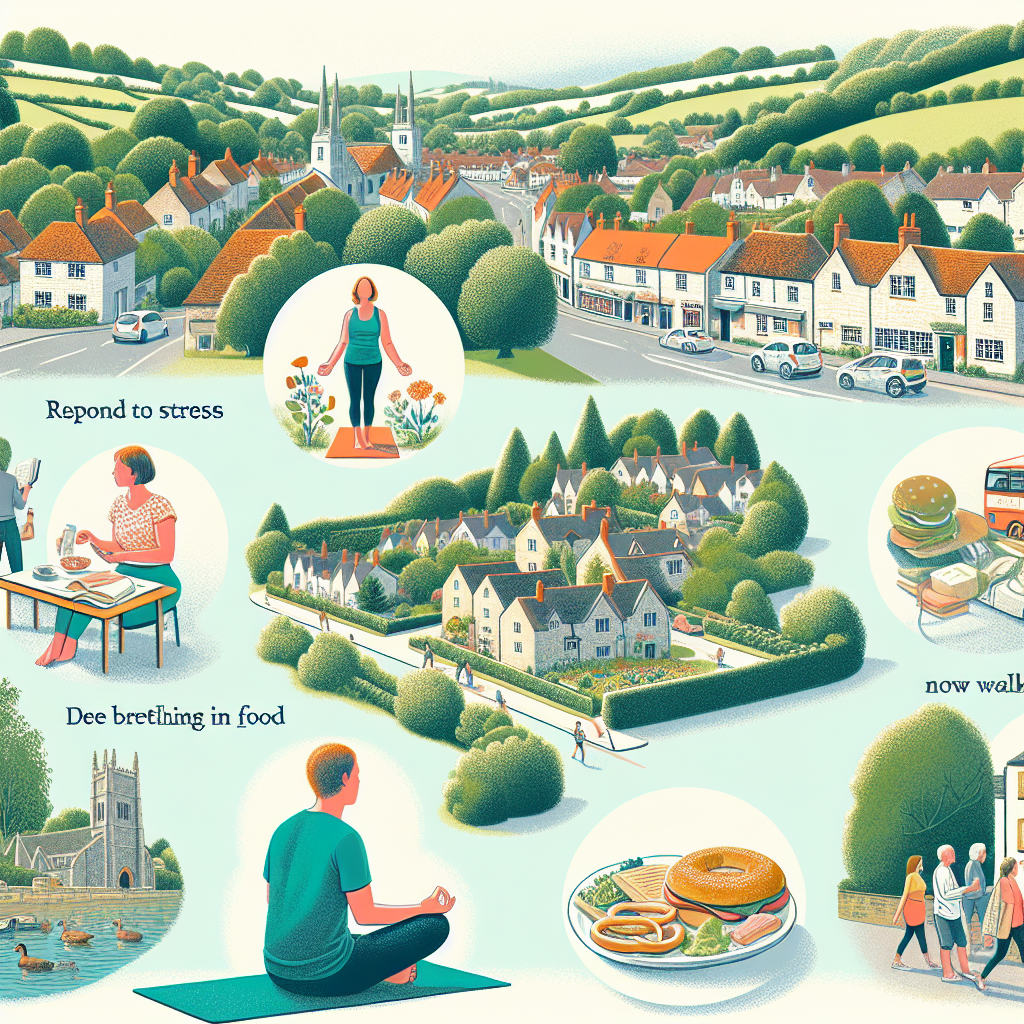-
Table of Contents
“Group therapy in rehab for eating disorders fosters shared experiences, mutual support, and collective healing.”
Introduction
Group therapy in rehab for eating disorders operates as a structured, supportive environment where individuals can share their experiences, challenges, and progress with others facing similar issues. Led by a trained therapist, these sessions encourage open communication, fostering a sense of community and mutual understanding. Participants engage in discussions, activities, and therapeutic exercises designed to address the psychological and emotional aspects of their eating disorders. This collective approach helps individuals gain insights from peers, develop coping strategies, and build a network of support, all of which are crucial for recovery and long-term management of their condition.
Benefits Of Group Therapy In Eating Disorder Rehabilitation
Group therapy is a cornerstone of rehabilitation for eating disorders, offering a unique blend of support, understanding, and shared experiences that can be profoundly beneficial for individuals on their journey to recovery. The benefits of group therapy in this context are multifaceted, addressing both the psychological and social dimensions of eating disorders. By participating in group therapy, individuals can break the isolation that often accompanies these conditions, fostering a sense of community and belonging that is crucial for healing.
One of the primary benefits of group therapy is the opportunity for individuals to connect with others who are facing similar challenges. This shared experience can be incredibly validating, as it helps participants realize that they are not alone in their struggles. The sense of camaraderie that develops within the group can provide a powerful source of motivation and encouragement, which is essential for maintaining the commitment to recovery. Moreover, hearing others’ stories and witnessing their progress can inspire hope and demonstrate that recovery is possible.
In addition to the emotional support, group therapy offers a platform for individuals to learn from each other. Participants can share coping strategies, discuss what has worked for them, and offer practical advice. This exchange of information can be invaluable, as it provides a diverse array of tools and techniques that individuals can incorporate into their own recovery plans. Furthermore, group therapy sessions are often facilitated by trained professionals who can guide discussions, provide expert insights, and ensure that the environment remains supportive and constructive.
Another significant benefit of group therapy is the development of social skills and the improvement of interpersonal relationships. Eating disorders often strain relationships with family and friends, leading to feelings of isolation and loneliness. In a group therapy setting, individuals can practice communication skills, learn to express their emotions more effectively, and develop healthier ways of relating to others. These skills are not only beneficial within the group but also translate to improved interactions in everyday life, helping to rebuild and strengthen personal relationships.
Group therapy also provides a structured environment where individuals can set goals, monitor their progress, and receive feedback. This structure can be particularly helpful for those who struggle with the chaotic and unpredictable nature of eating disorders. By setting realistic and achievable goals, participants can experience a sense of accomplishment and build confidence in their ability to manage their condition. The feedback from both peers and facilitators can offer valuable insights and help individuals stay on track with their recovery.
Moreover, the collective nature of group therapy fosters a sense of accountability. Knowing that others are aware of their goals and progress can motivate individuals to stay committed to their recovery. This accountability is further reinforced by the mutual support and encouragement that group members provide to one another. The shared responsibility for each other’s well-being creates a strong bond and a sense of solidarity that can be incredibly empowering.
In conclusion, the benefits of group therapy in eating disorder rehabilitation are extensive and profound. By providing emotional support, facilitating the exchange of practical advice, improving social skills, offering structure, and fostering accountability, group therapy plays a crucial role in the recovery process. The sense of community and shared experience that it cultivates can inspire hope, build resilience, and ultimately help individuals reclaim their lives from the grip of eating disorders.
Key Techniques Used In Group Therapy For Eating Disorder Recovery
Group therapy is a cornerstone of rehabilitation for eating disorders, offering a supportive environment where individuals can share their experiences and learn from one another. This therapeutic approach leverages the power of community and collective healing, which can be particularly effective for those struggling with eating disorders. One of the key techniques used in group therapy is cognitive-behavioral therapy (CBT), which helps individuals identify and challenge distorted thoughts and behaviors related to food and body image. By working through these cognitive distortions in a group setting, participants can gain new perspectives and insights, often realizing they are not alone in their struggles.
Another essential technique is psychoeducation, which involves teaching individuals about the nature of eating disorders, their causes, and their effects on the body and mind. This educational component helps demystify the disorder, reducing feelings of shame and isolation. When participants understand that their condition is a medical issue rather than a personal failing, they are more likely to engage in the recovery process. Additionally, psychoeducation sessions often include information on nutrition and healthy eating habits, empowering individuals to make informed choices about their diet.
Mindfulness and stress reduction techniques are also integral to group therapy for eating disorders. Practices such as meditation, deep breathing exercises, and progressive muscle relaxation help individuals develop a healthier relationship with their bodies and reduce anxiety around food. These techniques promote self-awareness and emotional regulation, which are crucial for long-term recovery. In a group setting, participants can practice these skills together, providing mutual support and encouragement.
Interpersonal therapy (IPT) is another valuable technique used in group therapy. IPT focuses on improving communication skills and resolving interpersonal conflicts, which can be significant triggers for disordered eating behaviors. By addressing these underlying issues, individuals can build healthier relationships and develop a stronger support network. Group members often role-play different scenarios, offering constructive feedback and learning from each other’s experiences. This collaborative approach fosters a sense of community and belonging, which is vital for recovery.
Expressive therapies, such as art therapy, music therapy, and dance/movement therapy, are also commonly used in group settings. These creative outlets allow individuals to express emotions that may be difficult to articulate verbally. Engaging in these activities can be both cathartic and empowering, helping participants process their feelings in a safe and supportive environment. The shared experience of creating art or music can also strengthen bonds between group members, further enhancing the sense of community.
Family involvement is another critical component of group therapy for eating disorders. Family-based therapy sessions often include loved ones, helping them understand the disorder and learn how to support their family member’s recovery. These sessions can improve communication within the family unit and address any dynamics that may be contributing to the eating disorder. By involving families in the recovery process, individuals are more likely to feel supported and understood, which can significantly enhance their chances of long-term success.
In conclusion, group therapy for eating disorders employs a multifaceted approach, incorporating techniques such as cognitive-behavioral therapy, psychoeducation, mindfulness, interpersonal therapy, expressive therapies, and family involvement. These methods work synergistically to address the complex nature of eating disorders, providing individuals with the tools and support they need to achieve lasting recovery. The sense of community and shared experience inherent in group therapy can be incredibly powerful, offering hope and inspiration to those on their journey to healing.
Q&A
1. Group therapy in rehab for eating disorders typically involves a structured setting where individuals share their experiences, challenges, and progress with others facing similar issues, fostering a sense of community and mutual support.
2. Therapists facilitate group sessions, guiding discussions, teaching coping strategies, and providing psychoeducation to help participants develop healthier relationships with food and their bodies.
Conclusion
Group therapy in rehab for eating disorders works by providing a supportive environment where individuals can share their experiences, challenges, and successes with others who understand their struggles. It fosters a sense of community and belonging, reduces feelings of isolation, and allows participants to learn from each other’s coping strategies. Facilitated by trained therapists, group therapy encourages open communication, emotional expression, and the development of healthy interpersonal skills. It also helps individuals to gain insights into their behaviors and thought patterns, receive feedback, and build a network of support that can be crucial for long-term recovery.



